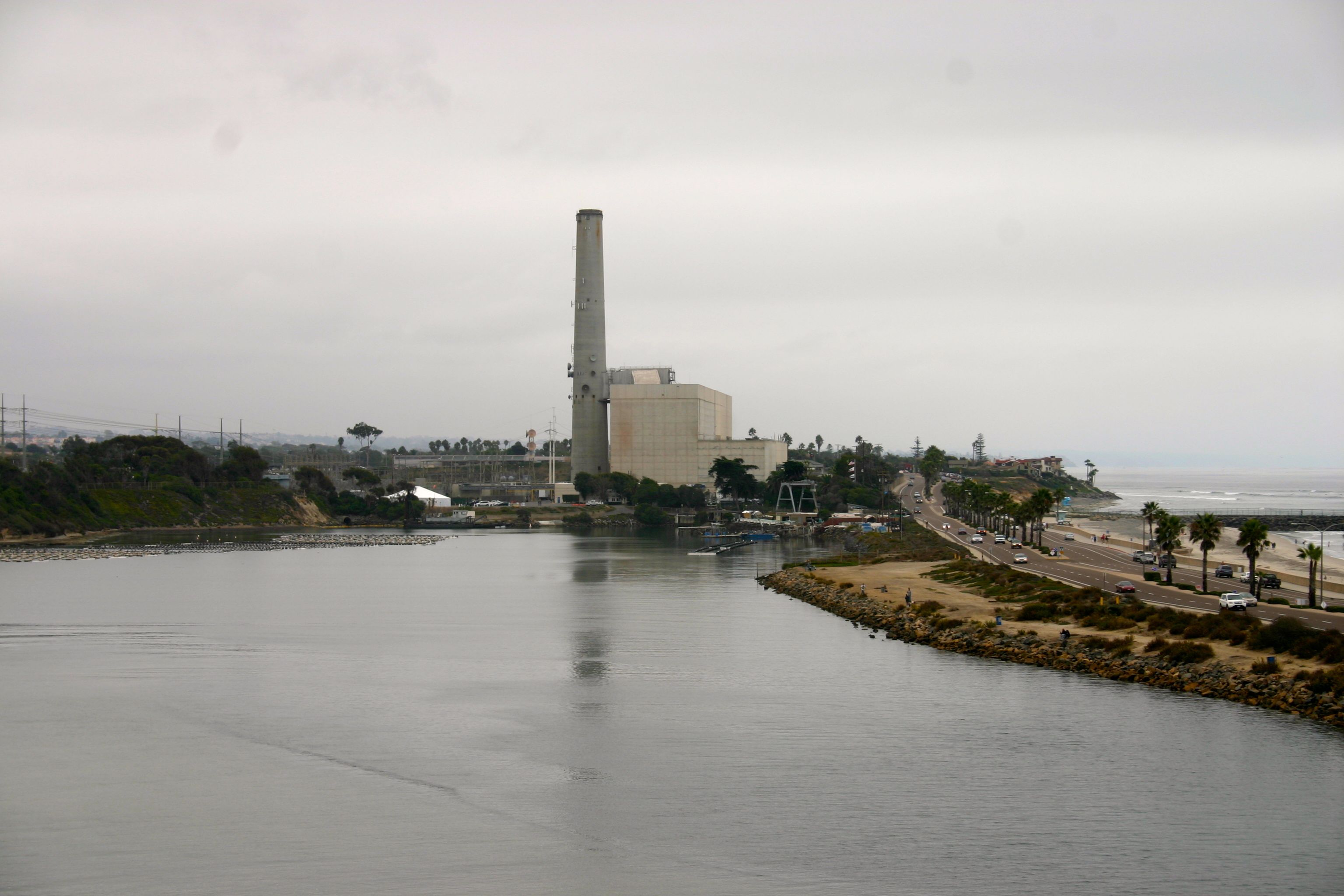A longtime critic of the Carlsbad plant, environmental attorney Marco Gonzalez, said the plant is an “expensive fraud” that is “horrible for taxpayers” compared with other ways to increase the region’s water supply or efforts to simply save more water.
The San Diego County Water Authority, which backed the project and contracts with a private company for the water, has answered this and other criticisms with essentially the same response each time: It’s worth it. The plant, said Water Authority board chairman Mark Weston, is a “major reason why the area is no longer are under steep state-ordered emergency water cutback mandates.”
Kevin Dayton, a research analyst with the California Policy Center, said Gonzalez, other environmentalists and unions played a role in driving up the cost of the plant’s construction. Alternatives to desalination, like turning wastewater into drinking water, “may be a nice example” but they are “no deal.”
There is a reason this is all happening now, besides just good old-fashioned attempts at an I-told-you-so.
A mix of water agencies and private developers are working on at least three other desalination projects in the region.
The perceived success or failure of the Carlsbad plant could tip the scales for those projects, which will face regulatory hurdles and legal challenges of their own.
The furthest along is a desalination plant proposed for Huntington Beach. There, Poseidon, the developer of the San Diego plant, is hoping to build another plant and enter into another public-private partnership with the Orange County Water District. That project is now before the California Coastal Commission and a few other regulatory agencies.
Next in line is a desalination plant in Rosarito Beach, Mexico, that could provide some water to San Diego through an international pipeline.
The Otay Water District has been working on that project for a while. Because the plant would be in Mexico, it is mostly beyond the reach of legal challenges from American environmental groups. Except that two – Imperial Beach-based Wildcoast and San Diego County’s Surfrider chapter – have seized on the federal permit that would be needed for the pipeline to bring the water into the United States. They argued in a recent letter to Secretary of State John Kerry that Mexico should focus on preventing flows of sewage into the ocean before it worries about treating ocean water.
Further out and more speculative is a desalination project being considered for Camp Pendleton, which the County Water Authority plans to spend at least $3.8 million over the next two years studying.
Members of the Water Authority’s board from the city of San Diego have expressed concern about the project because the city is working on a $3.2 billion drinking water project of its own and doesn’t want city customers to be hit with two major expenses at once. The city’s project would turn sewage water into drinking water.
Other members of the Water Authority’s board are looking at the possibility of more desalinated water, though, because of events to San Diego’s north. The Water Authority has been skeptical of a $15 billion project to build a pair of tunnels under the Sacramento-San Joaquin River Delta to more reliably deliver water to Southern California from Northern California.
The project would make water deliveries more reliable but not necessarily increase the amount of water available to Southern Californians.
So, some San Diego water officials wonder, why not just build more desalination plants and avoid the whims of weather entirely?
Unlike Northern California water that depends on snowfall and rain, with desalinated water, “we know we’d get it,” said Tom Kennedy, the general manager of the Rainbow Municipal Water District and a member of the Water Authority board. “That’s what I want to keep telling people, that price is going to go up by billions – but do you want water for that price?”
The cost of the tunnel project is far from final and who would pay for what is uncertain.
Southern California has repeatedly run up against perceived limits to its growth. First Los Angeles built an aqueduct to get water from the Eastern Sierras. Then Los Angeles and other Southern California water agencies, including eventually San Diego, banded together to get water from the Colorado River. Then the state built the State Water Project through the Central Valley to bring Northern California water to Southern California.
Now, droughts in California and the Colorado River basin, as well as environmental regulations and mandates, have reduced the flows from all three sources.
Over time, Southern Californians have learned to use water less wantonly. In San Diego, for instance, less water is used now than in 1990, although there are more people. Officials are banking on an even more water-frugal future than they once expected.
Yet the specter of an ongoing drought and a growing population push water agencies to continue trying to develop new water supplies.
Current desalination technology does not seem likely to on its own solve Southern California’s water problems.
In a recent interview with the Sacramento Bee, Jeffrey Kightlinger, the general manager of the Metropolitan Water District of Southern California, said water agencies would have to “basically industrialize the whole coast” if they wanted to replace the water they get from Northern California with desalinated water.
The Water Authority buys water from Metropolitan, the region’s largest water supplier, and then resells that water to local water agencies, like the city of San Diego’s Public Utilities Department.
Referring to the whole Metropolitan service area, which stretches from Oxnard to Otay, Kightlinger said agencies would have to build 30 desalination plants of Carlsbad’s size to be able to replace Northern California water. The Carlsbad plant cost about $1 billion to build; the water from it is expected to cost about $2 billion more over the next three decades.
Kightlinger was in Sacramento to defend the tunnel project from suspicious Northern Californians.
“It isn’t physically or fiscally feasible or practicable to just sort of say we’re going to roll off one system all onto another technology – they all have to be built and they all have to complement each other,” he said.




